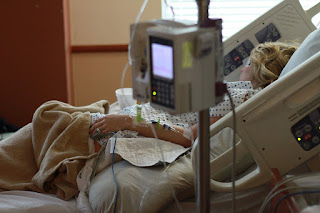 |
Image source: menafn.com
|
Smart CGM or continuous glucose monitoring devices observe the glucose levels of a patient several times a day. They are geared toward people suffering from diabetes. The device works by sending the data it collects to the user’s smartphone. It is also capable of determining trends as well as allows for remote monitoring by caregivers.
 |
Image source: mobihealthnews.com
|
Smart insulin pens measure the amount of insulin injected by a patient, records the time of the dosage, and helps patients keep track of their meals. This allows patients to see how their food affects their blood sugar and insulin intake.
Smart inhalers
An asthma attack can be severe and sudden. This is why getting as much information as possible can easily help patients. This is where smart inhalers come in. Smart inhalers are designed for people with asthma and chronic obstructive pulmonary disease. According to John Kang, the device helps patients understand what could be causing their symptoms. It can also track the patient’s use of rescue medication and can also provide allergen forecasts.
John Kang was the president of Medical Manager Corporation, a company acquired by WebMD in 2000. After his tenure with the healthcare IT company, he focused on research and investing in commercializing amorphous alloys. For more reads on healthcare technology, visit this website.











